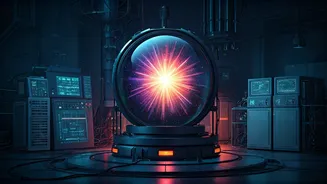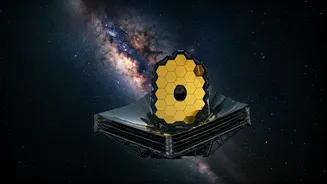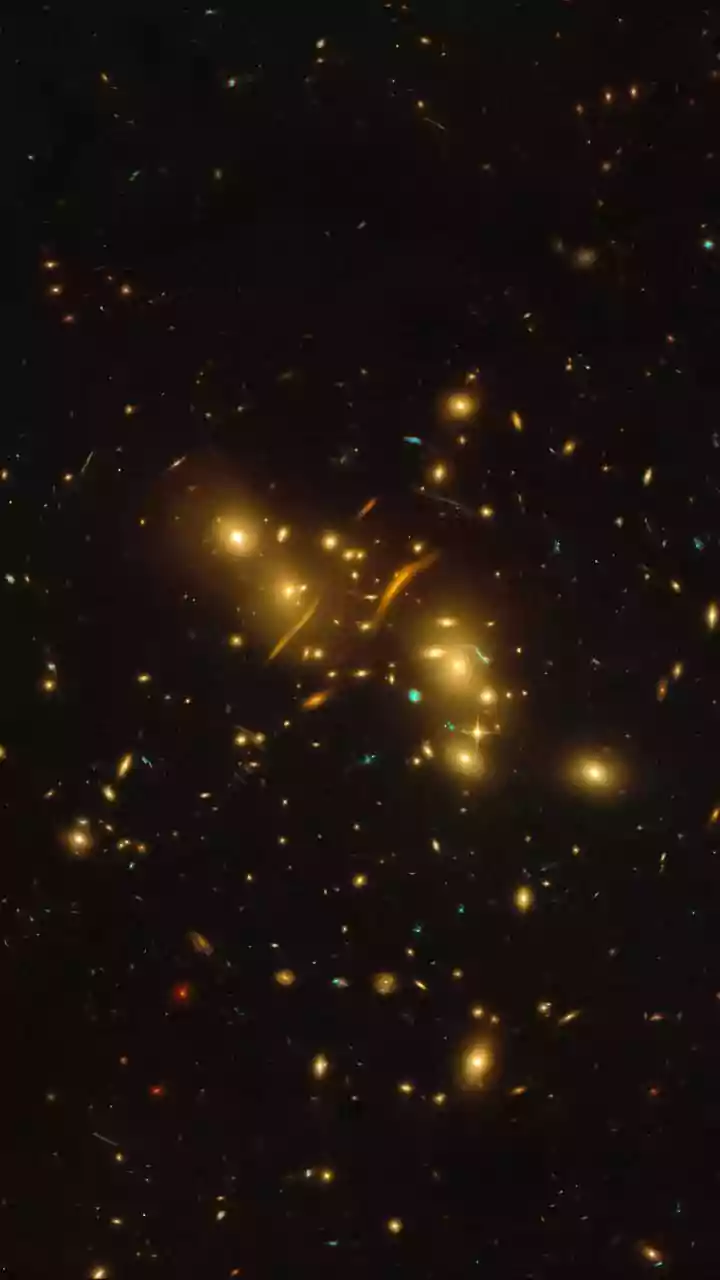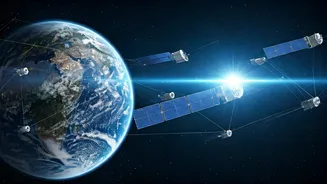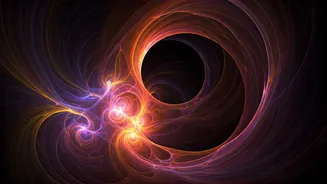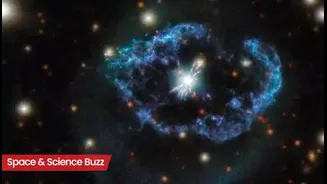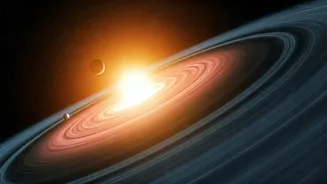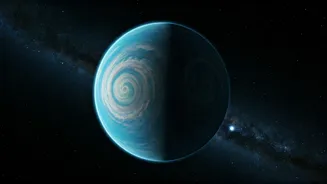Simulating Cosmic Genesis
The early universe, an era of intense heat and density, is virtually impossible to directly observe. To circumvent this, scientists employed particle accelerators
to recreate these extreme conditions. These machines accelerate particles to nearly the speed of light, causing them to collide. These collisions produce a 'soup' of particles, mirroring the primordial state of the universe. This approach provides a unique window into the universe's formative moments, allowing for a detailed exploration of its fundamental properties. The method is akin to building a time machine, permitting scientists to step back and study the conditions that birthed everything we see today. The research allows a look into the formation of fundamental elements and the physical laws at play immediately after the Big Bang.
Energy and Matter Unveiled
One of the key aspects of recreating the early universe involves studying the transition between energy and matter. Immediately after the Big Bang, the universe was primarily composed of energy. As it expanded and cooled, this energy converted into matter, forming the first fundamental particles like quarks and leptons. In the laboratory, scientists examine the processes of particle creation and annihilation. By analyzing these events, they gain insights into how the universe's initial conditions influenced the distribution of matter and the formation of galaxies. The experiments help understand the role of dark matter and dark energy, the mysterious components that dominate the universe's mass-energy budget. Understanding the relationship between energy and matter is crucial for deciphering the universe’s evolution.
Extreme Conditions Examined
The conditions in the early universe were extreme; temperatures soared to billions of degrees. Scientists working in labs employ highly sophisticated instruments to measure and analyze the behavior of matter under these intense conditions. They use these tools to study phenomena such as the formation of the quark-gluon plasma, a state of matter thought to have existed shortly after the Big Bang. This plasma consists of quarks and gluons, the fundamental building blocks of protons and neutrons. Moreover, researchers study the properties of this plasma, including its viscosity and how it interacts with other particles. The data gathered provides evidence about the processes that shaped the universe, leading to a deeper understanding of the laws of physics that govern it. The lab recreations allow for precise, controlled experiments, enabling detailed study.
Cosmological Implications Explored
The simulations in the lab are offering vital insights for cosmology. Scientists use these experimental results to test and refine existing cosmological models. By comparing the results with the theoretical predictions, they can evaluate the accuracy of these models. Discrepancies between theory and experiment reveal areas where our understanding is incomplete, thereby pushing for further research. These experiments provide critical data that helps refine the Standard Model of particle physics. Additionally, the data assist in exploring the nature of dark matter and dark energy, allowing scientists to develop more precise models to explain the large-scale structure of the universe. The ability to simulate the early universe in a controlled environment offers an opportunity to study the most fundamental questions about the cosmos.
Future Research Awaits
The future of this research is promising, with advances in accelerator technology and experimental techniques. Scientists are continuously working to build more powerful accelerators capable of reaching even higher energies, allowing them to probe earlier times in the universe's history. These advances will enable them to study phenomena that are currently beyond reach. Moreover, researchers are developing more sophisticated detectors and analysis tools to gather and interpret the vast amounts of data produced by these experiments. These advancements will permit a more detailed and accurate view into the very beginnings of the universe. This exciting field of research is continuously evolving, promising to deliver novel insights into the fundamental properties of the cosmos, from its initial expansion to the formation of galaxies, and everything in between.
